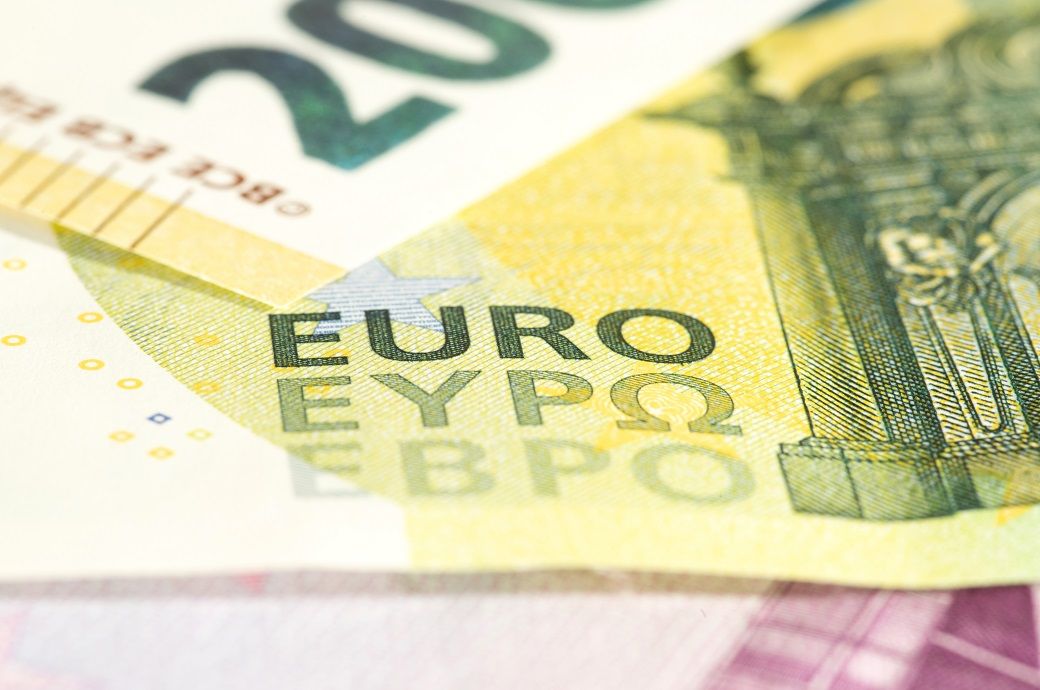

In Q4 2022, GDP had decreased by 0.1 per cent in the euro area and by 0.2 per cent in the EU, an Eurostat release said.
Poland (3.8 per cent) recorded the highest increase in GDP compared to the previous quarter, followed by Luxembourg (2 per cent) and Portugal (1.6 per cent). The highest decreases were observed in Ireland (minus 4.6 per cent), Lithuania (minus 2.1 per cent) and the Netherlands (minus 0.7 per cent).
The number of employed persons increased by 0.6 per cent in the euro area and by 0.5 per cent in the EU in Q1 2023 compared with the previous quarter. In Q4 2022, employment had increased by 0.3 per cent in both the euro area and the EU. Employment increased by 1.6 per cent YoY in both the zones in Q1 2023.
Hours worked increased by 0.6 per cent in the euro area and by 0.7 per cent in the EU in Q1 2023 compared with the previous quarter. The figure increased by 2 per cent YoY in the euro area and by 1.9 YoY in the EU.
In Q1 this year, Estonia (4.4 per cent), Malta (2.9 per cent) and Ireland (1.6 per cent) recorded the highest growth of employment in persons compared with the previous quarter. The highest decline of employment was recorded in Lithuania (minus 1.5 per cent), Romania (minus 1.1 per cent) and Greece (minus 0.3 per cent).
Based on seasonally-adjusted figures, Eurostat estimates that in Q1 2023, 216.1 million people were employed in the EU, of which 168.2 million were in the euro area.
Fibre2Fashion News Desk (DS)